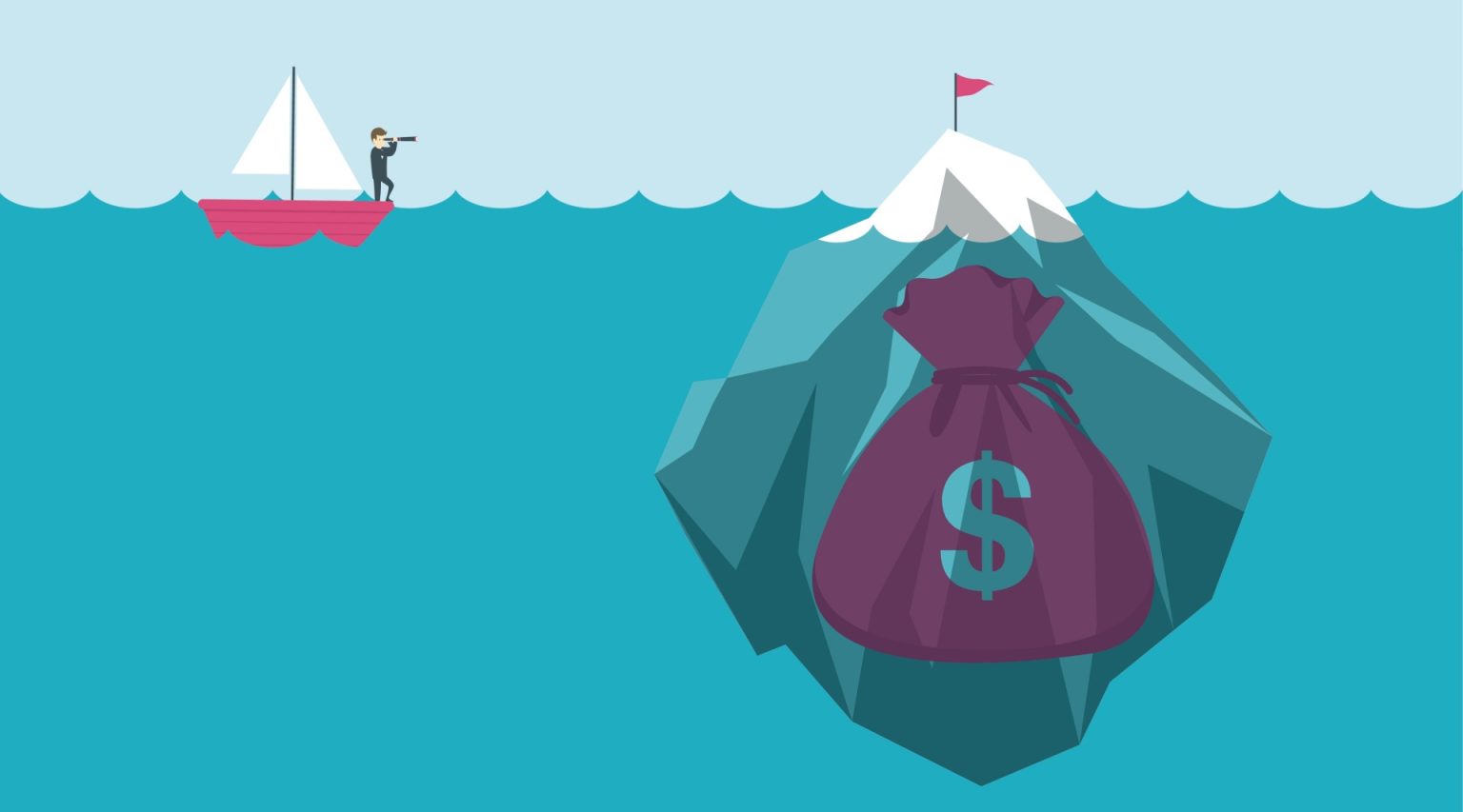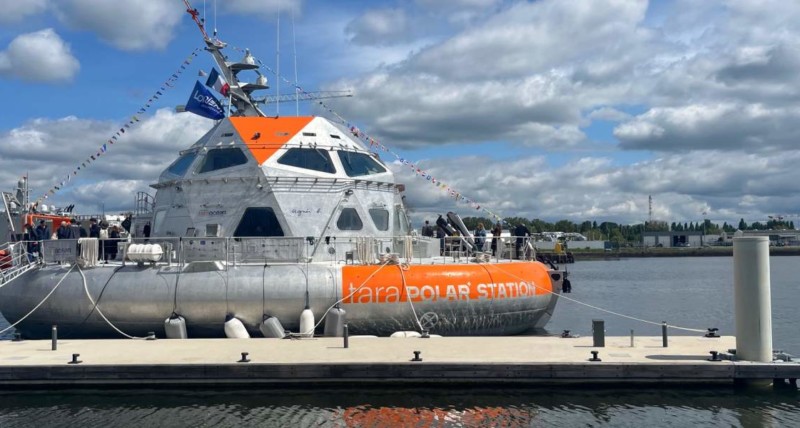The United Nations Ocean Conference held in Nice was an opportunity to finally draw broad attention to marine ecosystems. The ocean is indeed too often the great forgotten in public policies, as well as in corporate strategies for climate and biodiversity. Despite anticipated mobilization, the summit in Nice concluded with a minimal agreement, revealing a persistent lack of political will. This observation forces economic actors to take the lead and structure their own « blue roadmap. » They are directly concerned—not only by moral obligation but because their own resilience is at stake.
Our Economy Depends on the Oceans
Marine and coastal ecosystems cover more than 70% of the Earth’s surface and provide essential ecosystem services: the ocean produces more than 50% of the oxygen we breathe, regulates the climate by absorbing 25% of human-produced CO₂ each year and more than 90% of excess heat. It harbors essential biodiversity, and 40% of humanity lives within 100 km of its coasts.
If the blue economy (related to the oceans) were a country, it would be the fifth largest economy in the world, worth 2.6 trillion USD, directly contributing to 100 million jobs, according to the OECD.
This is actually just the tip of the iceberg. The total estimated value of marine ecosystem services for the economy is between 25,000 and 50,000 billion USD per year, according to studies conducted in recent years. This incredible value creation is linked to biodiversity, climate regulation, coastal protection (reefs, mangroves, seagrasses), recreational activities, maritime transport, and offshore renewable energy.
A Strategically Underestimated Vulnerability
Despite this colossal and undervalued contribution, the ocean is currently under assault: acidification, rising temperatures, deoxygenation, sea-level rise, biodiversity collapse. These impacts are systemic and irreversible in the short term. In the medium and long term, they trigger domino effects on global value chains, half of which depend directly or indirectly on marine environments: maritime transport, coastal tourism, aquaculture, coastal real estate, and more. In the face of this degradation, the vulnerability of companies is massive but often underestimated.
Today, few economic actors have integrated ocean issues into their climate or biodiversity strategies. SDG 14 (« Life Below Water ») is the least funded by private investments. It requires 175 billion dollars annually but struggles to exceed 30 billion per year since 2010. Less than 3% of the ocean surface is effectively protected, while the international goal aims for 30% of marine protected areas by 2030.
This situation reflects the difficulty companies face in integrating ocean-related challenges into their climate and biodiversity strategies.
Tools Exist and Must Be Activated
Yet tools do exist. The CSRD directive provides a valuable framework: « double materiality »—companies must assess both the impacts they have on natural environments, the risks posed by the degradation of these environments to their business, and the opportunities that can be developed. Frameworks such as TNFD or Science-Based Targets for Nature help objectify these dependencies and establish credible action plans. Integrating the « ocean » dimension into these new strategic management frameworks must become standard practice.
Concretely, this means measuring marine impacts (plastic pollution, habitat disruption), understanding dependencies and resulting risks, reducing pressures (by reforming logistics, procurement), and contributing to the regeneration of degraded environments. New levers are emerging to achieve this: eco-design of infrastructure, biomimicry, scientific partnerships.
CSR, risk, operations, and strategy departments must be involved in ocean governance, integrated into climate and/or ESG committees. The challenge is systemic and requires cross-functional management, including tracking indicators and a dedicated roadmap.
Public-private-NGO coalitions must be strengthened alongside coastal communities, research institutes, and financial actors to develop sustainable solutions. Tools exist: ecological restoration contracts, impact funds, sustainable marine concessions.
Some companies are already leading by financing projects to restore mangroves, seagrass beds, or coral reefs. Alliances are being built: Ocean Stewardship Coalition, Seaweed for Europe, 1000 Ocean Startups. Emerging standards include the Blue Standard or Ocean Bound Plastic certifications. The finance world is also beginning to integrate these issues in capital allocation.
To scale up, each company must adopt a « blue compass »: an internal framework to integrate the ocean into strategic choices, purchasing policies, products, partnerships, and non-financial reporting.
The message is clear: the ocean can no longer remain a blind spot in sustainability strategies, especially when value chains are involved. It must become a full pillar of ecological and economic transition.
Protecting the ocean is not an environmental add-on. It is a strategic imperative to ensure the resilience of economic models. In a world where oceans are the thermometer of climate disruption, companies can choose to make them the barometer of their real commitment.




